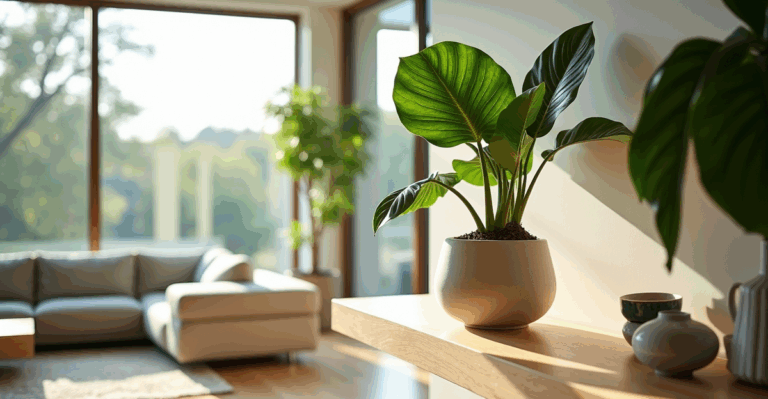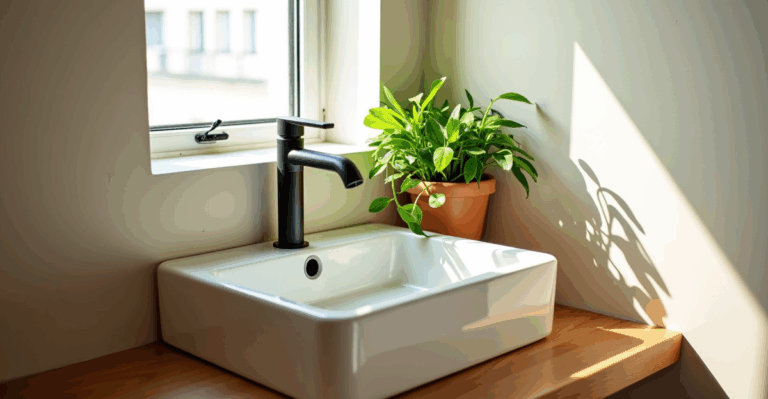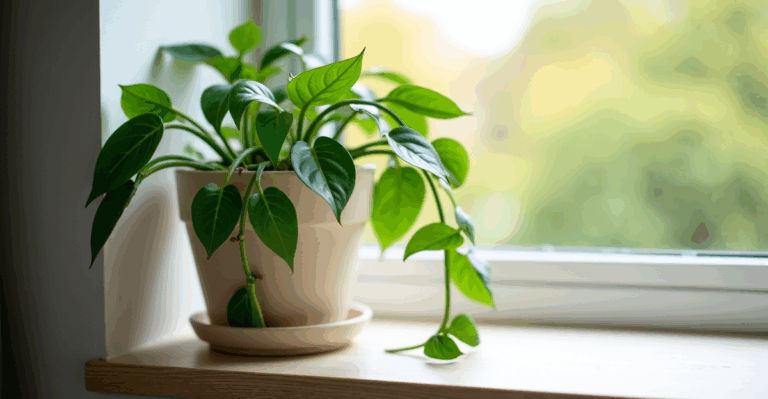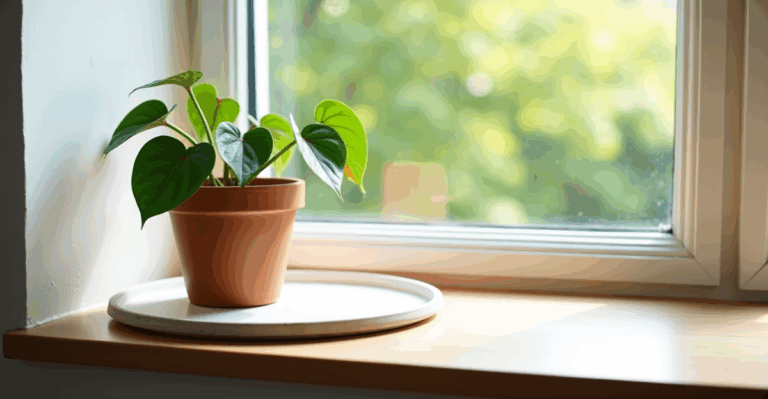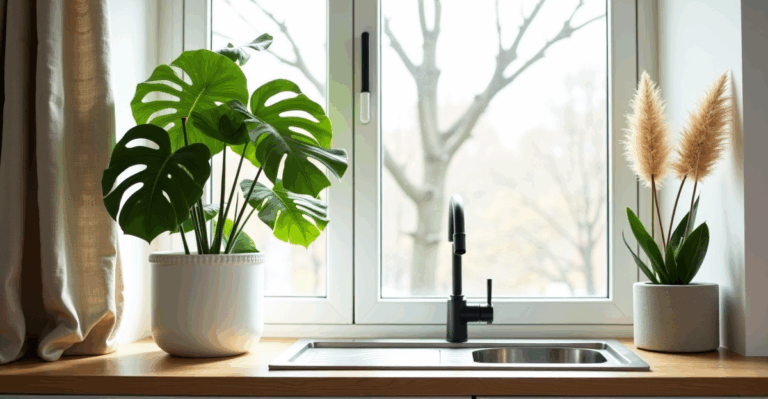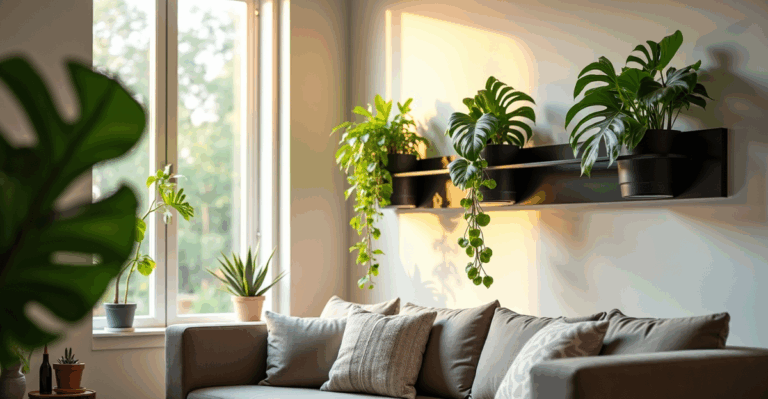Mindful Plant Care: Turn Watering into a Mini Ritual
You’re rushing to grab your coffee, phone buzzing with notifications, when you glance at your Monstera. The new leaf unfurling near the top looks a little droopy. Your hand hovers over the watering can, but your mind is already on the meeting. You pour water without really seeing the soil, the leaves, the plant. Then you remember—this isn’t just about not killing it. It’s about noticing. That moment of pause, before the water hits the soil, is where the real care begins.
We’ve all been there: rushing through care like a chore, not a connection. But what if watering wasn’t just a task? What if it became a tiny, intentional pause in your day, a moment to truly see your plant, understand its needs, and respond with presence? It’s not about fancy tools or rigid schedules. It’s about shifting from doing to being with your plant, one thoughtful drop at a time.
Listen to the Soil, Not the Clock
Most of us water on a timer—every Monday, every Friday, based on a vague memory. But plants don’t care about your calendar. They care about their soil. The truth? Overwatering kills more plants than underwatering ever could. It’s not about how often you water, but when the soil actually needs it.
The missing piece: We skip the most important step: feeling. Forget the “finger test” myth (it’s unreliable!). Instead, lift the pot. A dry pot feels light; a wet one is heavy. For most plants in standard potting mix, check the top 2–3 inches. If it’s dry all the way down to the bottom, it’s time to water. A ZZ plant in a ceramic pot? It might need water every 3 weeks in winter. A Calathea in LECA? It might need checking every 5 days, because LECA holds less moisture.
Real talk: I used to water my Pothos on a Tuesday because that’s when I took out the trash. It got soggy roots, then fungus. Now? I lift the pot before I pour. If it feels light, I wait. If it’s heavy, I check the top inch. It’s not magic—it’s just listening.
Feel the Weight: Your Best Watering Tool
Your hands are the most accurate moisture meter you’ll ever own. A pot in a heavy ceramic planter feels different when dry than when wet. A lightweight resin pot might feel similar when dry, so you need to rely more on the soil check.
How it works: After watering, lift the pot. It should feel noticeably heavier. Wait until it lightens just enough—not bone dry, but not soggy. For plants in porous terracotta (like Snake Plants), the weight change is dramatic. For plants in plastic (like Peace Lilies), the change is subtler, so you’ll lean more on the soil test.
Pro tip: Place a small, non-slip mat under your pot. It protects surfaces and gives you a consistent base to judge weight shifts. When your plant’s pot feels significantly lighter than the mat’s weight, it’s time.
Edge case: In super-dry winter air (north-facing bedrooms!), the soil might dry out faster. Check more often, but water less deeply. You’re not fighting dry air—you’re adjusting to it.
Why Your Planter Choice Shapes the Ritual
The pot you choose isn’t just for looks—it’s part of the ritual. A self-watering pot might feel convenient, but it can mask overwatering. A pot with no drainage holes? That’s a recipe for root rot, no matter how mindful you are.
The mindful shift: Choose planters that support your practice. A planter with drainage holes (like our favorite unglazed terracotta) lets you see water drain away. You can pause at the sink and watch the excess flow out. It’s a visual cue: This is the moment it’s ready to drink. A cachepot with a liner? It’s a buffer—water doesn’t pool, and the liner makes cleanup a breeze.
Real example: My Calathea in LECA was struggling with low humidity in a glossy white plastic pot. It looked fine, but the roots were stressed. I switched to a matte-finish 3D-printed planter with subtle drainage channels. Suddenly, I saw the water level drop. I could adjust my schedule without guessing. The ritual became clearer because the planter helped me notice.
Seasonal Shifts: Let the Year Guide You
Plants aren’t static—they breathe with the seasons. What works in July won’t work in January.
The rhythm: In summer, plants grow actively. They need more water (but still check the soil!). In winter, they rest. My Fiddle Leaf Fig in a south-facing window gets watered less in December than in June. The light is weaker, the air drier, and the plant isn’t pushing new growth.
How to adapt:
– Summer: Water when the top inch feels dry (not 2–3 inches).
– Winter: Wait until the top 1–2 inches are dry.
– Humidity matters: In dry winter air, mist leaves instead of watering more. Overwatering + dry air = root rot.
Trade-off to acknowledge: If you move a plant to a sunnier spot (like a new east-facing window), it will dry faster. Adjust immediately. Don’t wait for the next “watering day.” This is where the ritual becomes dynamic, not rigid.
Avoiding the Pitfalls (Without the Drama)
Mindful care isn’t perfect—and that’s okay. Here’s what to watch for:
– Hard water buildup: If your tap water has minerals, flush the pot with distilled water every 2–3 months. It’s not urgent, but it prevents salt crusts on the soil surface.
– LECA vs. soil: LECA needs more frequent checks (it dries faster). If your Calathea in LECA is wilting, it might need water now, not “in a few days.”
– Pests: If you notice tiny flies (fungus gnats), reduce watering slightly and add a thin layer of sand on top. No chemical sprays needed.
– Repot shock: If you do need to repot (e.g., roots circling), wait until the plant is dry. Water it after repotting, not before.
Honest truth: I’ve overwatered a Monstera because I panicked. It’s not the end of the world. Let it dry out, cut off dead roots, and repot. The ritual isn’t about perfection—it’s about learning, one mindful drop at a time.
Your Watering Ritual, Made Simple
You don’t need a fancy schedule or a new app. Just a few small shifts:
1. Pause before you pick up the can. Lift the pot.
2. Check the top 2–3 inches (or feel the weight).
3. Water slowly until it drains out the bottom.
4. Watch the excess drain away.
5. Notice how the plant responds over days.
That’s it. It takes 30 seconds. And it turns a chore into a moment of connection. You’re not just giving water—you’re tuning into your plant’s life.
The Joy in the Details
This isn’t about “saving” plants. It’s about living with them. When you water mindfully, you start noticing things you missed before: how the light hits a new leaf at 3 p.m., how the soil feels different after a rainstorm, how your Monstera’s leaves lean toward the window. It’s a quiet way to slow down, to be present in a world that’s always speeding up.
And yes, the way your plant sits on your shelf matters. A planter that fits your style, feels good in your hands, and makes checking soil effortless? It’s part of the ritual too. It’s why we’ve spent years perfecting planters that enhance this practice—not just hold soil.
When you’re ready to grow your setup, explore our 3D-printed planters.
Key Takeaways
– Water when the soil needs it—not when your calendar says.
– Lift the pot. Feel the weight. Let it guide you.
– Your planter choice isn’t just pretty—it’s part of the mindful practice.


